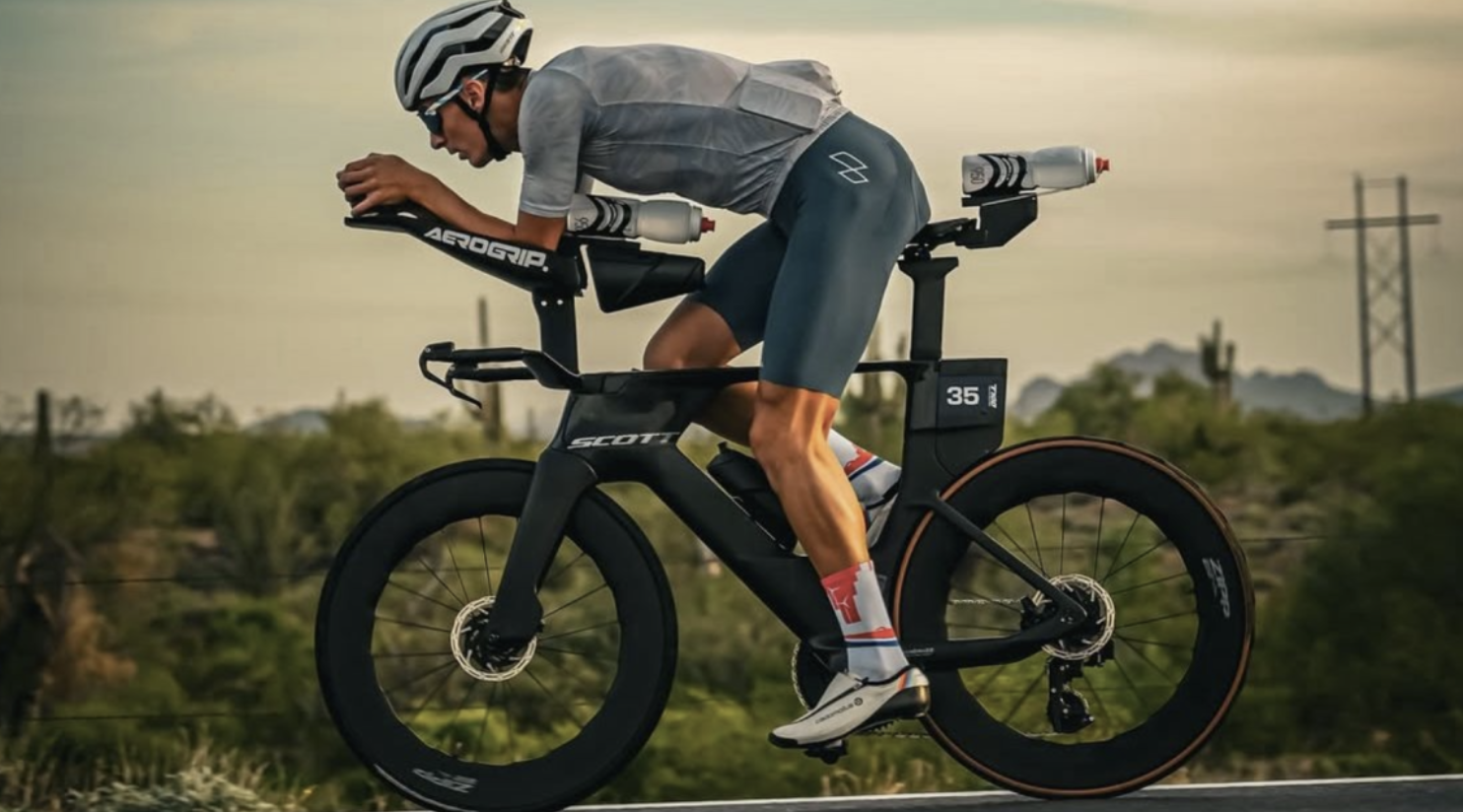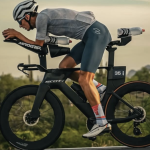“I can still do this,” Menno Koolhaas says with a smile, having just completed his first swim session following his spectacular victory at Ironman Arizona this past weekend. There’s little time to relax and savor the historic achievement – where the Dutch athlete also smashed the magical 7:30-hour barrier – because Koolhaas will still compete this year at the T100 Grand Final in Qatar.
The day after his win, the celebrations in America were brief but enjoyable, shared with friends like Milan Brons, Joep Staps, and Daaf Plomp. “After a race like that, your body naturally feels pretty rough: lots of sore muscles and the need for real recovery time. On Monday, we went to a shooting range – ‘you have to try it once you’re in Arizona’ – and in the evening, we played golf and had a nice dinner.” Tuesday involved nearly a full day on a plane, Wednesday was packed with meetings back in The Netherlands, and Thursday marked his first easy training sessions. “If I train too hard now, even though I want to and maybe could, I’m not sure it would aid my recovery.” In other words: this week is about light training, with intensity ramping up significantly from next week.
Best Race Ever
Koolhaas likely experienced his finest race ever this past Sunday. He won the 2023 European Long Distance Championship at Challenge Almere-Amsterdam, delivered a strong performance at Ironman Frankfurt the following year, and his fifth place at last year’s Ironman World Championship in Kona still captures the imagination. Yet, as strong as he was in those races, he likely never performed at the level he reached in Arizona.
Even Koolhaas seems reluctant to label it outright, but the numbers speak for themselves: 48:00 in the swim, 4:01:26 on the bike, 2:35:47 on the marathon, and a total time of 7:28:52. Not only a huge personal and Dutch record, but also a time that rivals the fastest ever in long-distance history.
“This Shows My Level”
Asked about the significance of these numbers, Koolhaas remains modest. “I came to Arizona with one goal: to win. That’s the only thing that counts – you want that ‘1’ next to your name. Of course, I see everything online, including comparisons with Blummenfelt fastest time set in Cozumel. That’s interesting, but comparisons are always tricky. Still, having shown a few times now that I can post very fast times, I can cautiously place myself among the top names in long distance. Winning by over eight minutes ahead of second place (Sam Long) also says something about my level.”
Text continues below picture“Almost Perfect Race”
Koolhaas is clear: this was probably his best race ever, irrespective of the sub-7:30 finish. “The way I executed it mattered: I created a gap in the swim, thinned the eight-man lead group on the bike down to four, then rode away with Ben Kanute, doing about seventy percent of the work myself. My wattages were 20 watts higher than Kona, and I ran a 2:35 marathon on a challenging course under tough conditions. If I forget the last eight kilometers of the marathon, it was practically a perfect race.”
A nearly perfect race, yet Koolhaas acknowledges room for improvement: he believes he could shave two more minutes off the swim and isn’t entirely happy with the final eight kilometers of the marathon, when he struggled to take in necessary nutrition. “It didn’t help that my lead was so big, reducing real pressure. During the last kilometers, I saw I could break 7:30 – that was my goal – but actually achieving it is surreal.”
Roth and Kona: 2026 Big Targets
With a World Championship slot secured, guaranteeing his presence at Kona in 2026, Koolhaas is already looking ahead. “Next year, I have two big goals: Challenge Roth and the Ironman World Championship.”
This comes after a difficult period with injuries, which forced him to skip Challenge Roth 2025, initially his main goal. “I sometimes feared I might never race long distance again because my ankle couldn’t handle it,” he admits candidly, referencing the worn cartilage that rarely allows him to run pain-free and limits his weekly mileage to 80–85 kilometers instead of the desired 100–110. “The doctor told me to be careful; more damage could end my career. But for now, things are okay. At season’s end, we’ll see if the damage has progressed.” One certainty: nothing can reverse the cartilage wear.
“Competing With the Fastest”
Looking ahead to 2026, his focus is clear: Challenge Roth and Kona. The online conversation is buzzing with speculation about his potential to win the sport’s biggest races. “I can only say there’s still more to give: I haven’t reached my limits yet. My running must improve – I think I can run a 2:30, which is needed to compete with top athletes like Casper Stornes, Kristian Blummenfelt, Sam Laidlow, and soon perhaps Marten van Riel and others coming up.”


